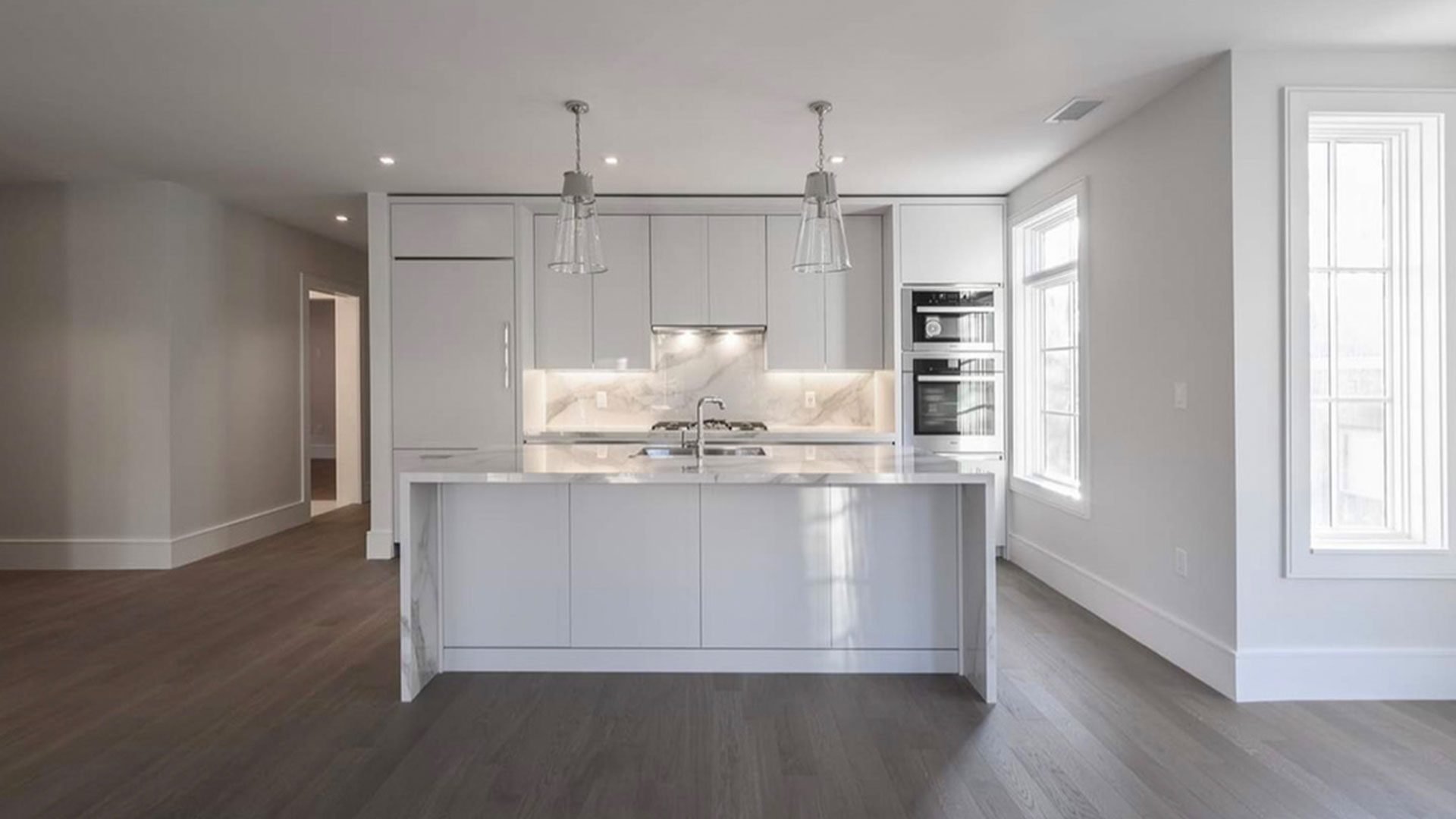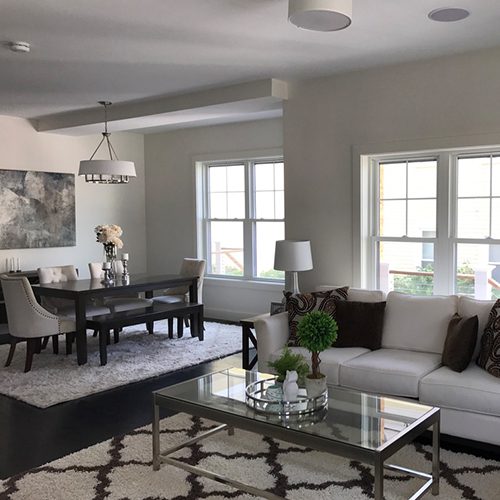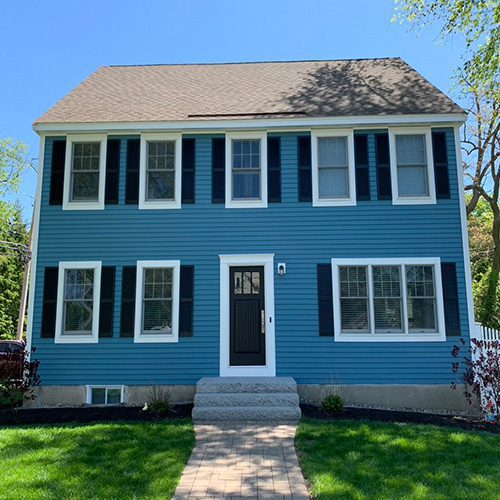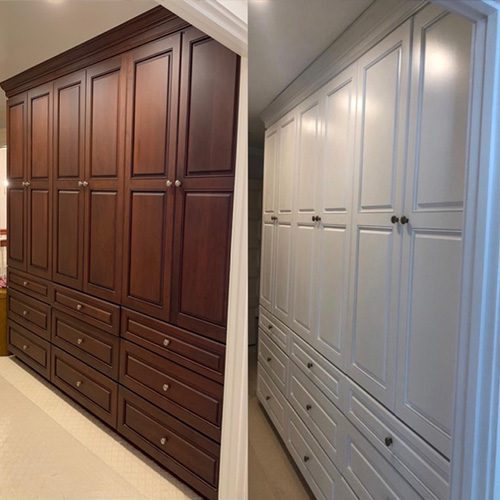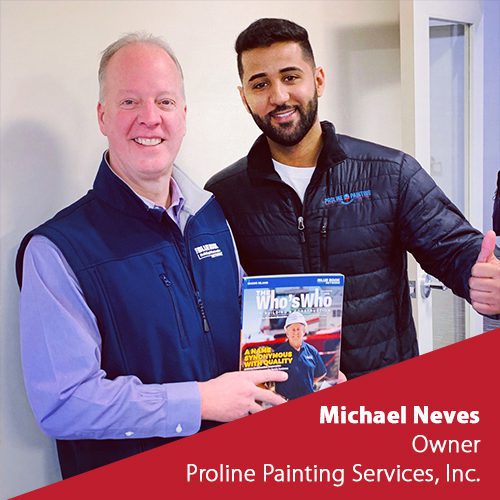Kitchen Cabinet Refinishing Harvard MA
[geocentric_weather id=”c743d5b5-7e9d-487d-b076-c76118486c2b”]
Looking for Kitchen Cabinet Refinishing Services in Harvard, Massachusetts?
Are you a Homeowner? Business Owner? Property Manager? Or maybe someone just looking for more information on the best Harvard MA kitchen cabinet refinishing services? You’re in the right place…DO YOU HAVE THESE PROBLEMS:
- Replacing kitchen cabinets too expensive
- Time for a color change?
- New Home Or Apartment?
Proline Painting Services, a top-rated painter specializing in kitchen cabinet refinishing, has helped thousands of Harvard homeowners, business owners, property managers, and other individuals in the Greater Boston, MA area. After some research, we’re confident you’ll find us to be the right kitchen cabinet refinishing team to handle your kitchen cabinet refinishing project.
Why Choose
Proline Painting Services Is The Best Kitchen Cabinet Refinishing Services in Harvard MA?
In short…Because we have a reputation for quality work and being budget friendly. Our customer service is second to none. Our team is always responsive, courteous, friendly, and respectful.
At Proline Painting Services, we do it all! From conception to completion, we handle every aspect of your painting or restoraton project. This integrated approach reduces project time and money by streamlining each phase of implementation and eliminating the delays that often plague sub-contracted projects.
With Proline Painting Services, you’ll receive:
- Quality workmanship that is guaranteed to last
- Work from licensed professionals who are honest and hardworking
- Dependable service that is completed on time and on budget
- Free estimates and a fully insured crew
To review the creativity of our work and the quality of our craftsmanship, simply take a look at our Photo Gallery. Our decades worth of painting projects speak for themselves! From custom commercial projects to house painting, and more — You can trust your project or business property to our team of experts.
Residential & Commercial
Full Service Painting Company
Interior House Painter
Harvard MA
Click Here
Exterior House Painter
Harvard MA
Click Here
Harvard
Painting Company
Click Here
Benefits of Repainting Your Kitchen Cabinets
When your cabinets start to look old or outdated, they can bring down the value of your home. They can also make your kitchen feel unwelcoming or dirty. Kitchen cabinet repainting comes with many benefits, including:
- Avoiding the dust and noise that comes with cabinet installation
- No demolition
- Saving money
- Quicker results than replacement
- No need to relevel or redo your plumbing
- Keeping your kitchen in service
If you have old but still usable cabinets, you may want to save them. Often, older cabinets are of better quality than more recent ones. You can bring your current cabinets back to life with kitchen cabinet finishing.
Are you improving your home before you put it on the market? If so, you need to choose your home improvements wisely, so you don’t lose money.
Replace Your Cabinets or Refinish Them?
While replacing your cabinets is the more expensive choice, it may be necessary. When you wonder whether to replace or refinish, consider:
- Functionality. If the location of your cabinets doesn’t work for you, it may be time to replace them.
- Time. Installing a new kitchen can take months, while repainting may only take a week. Think about how long you are willing and able to live without your kitchen.
- Repair. If you have damaged cabinets, you can typically opt for repair. However, extensive damage may make replacement the cheaper option.
The kitchen cabinet refinishing cost is worth it if you like the current layout of your kitchen or bathroom. You can always reface your cabinetry and add other functional accessories. If you need advice on the best option for your space, call Proline Painting today.
What Makes Us Different?
FULLY INSURED
We’re fully insured and bonded to handle all requests.
budget Friendly
We're willing to discuss projects constrained by a budget.
Quick Service
We show up on time and finish ahead of schedule regularly.
Friendly Team
Our crew is pleasant and easy to talk to on the job site.
Steps to Refinishing Cabinets
The steps to cabinet refinishing can vary, and so can the amount of time it takes to complete the job. When you look for “kitchen cabinet refinishing near me” expect us to:
- Clean all surfaces thoroughly
- Spread cloths on countertops and floors
- Find the correct solution to strip your cabinets
- Use a wood filler to repair holes and then sand the area
- Paint the wood your desired color and apply the stain and varnish
Sometimes you will want to disassemble your cabinets before you begin. When you do, label the parts to make sure you put them back in the right place. If you can, do your painting outside or somewhere with proper ventilation.
Stripping the cabinets may take trial and error if you do not know the current finish. Some common finishes include:
- Shellac
- Lacquer
- Polyurethane
- Water-based
- Latex- or oil-based paint
Our team completes the steps of kitchen cabinet refinishing efficiently and expertly. Call us today for a free estimate and ask us how we can upgrade your kitchen.
How to Refinish Cabinets with Paint
Once you choose a paint color, we come in and do your kitchen or bathroom cabinet refinishing onsite. We use high-quality materials, so our results are:
- Durable
- Long-lasting
- Washable
The kitchen is a busy area in the house. Therefore, cabinets need paint that wears well. Drips from your sink, steam from a dishwasher, and heat from the stovetop can all affect your paint’s finish.
Depending on the surface and your preference, we apply the paint using a spraying method or a traditional brush. Spraying provides a smooth, sleek appearance. If you aren’t sure which method you want, our skilled painters will show you samples of both.
You should always do refinishing work in dry conditions. If you do not have an air-conditioned area, consider scheduling your kitchen cabinet finishing in the winter. Call us for cabinet painting at any time of year.
Talk to an Expert
We understand that sometimes you just want to talk before scheduling a consultation. Our team will gladly answer any of your questions or help you with any of your concerns.
Call Mike now! — (617) 838-3014
Testimonials From Happy Customers
★★★★★
Top-Rated House Painters
Focused On Quality Craftsmanship And Customer Service
Request A Virtual Estimate Today!
We’d be happy to evaluate your cabinet project, discuss your needs, and provide you with a competitive estimate without setting foot in your home, unless absolutely necessary.
Interior House Painter
Harvard MA
Click Here
Exterior House Painter
Harvard MA
Click Here
Harvard
Painting Company
Click Here
MAP OF Harvard, MA
[geocentric_mapembed id=”c743d5b5-7e9d-487d-b076-c76118486c2b”]
Harvard OVERVIEW
Harvard, Massachusetts | |
|---|---|
Town | |
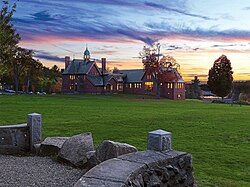 The renovated library, established in 1856 | |
 Seal | |
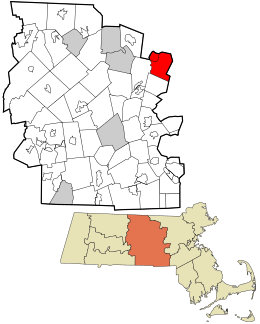 Location in Worcester County and the state of Massachusetts. | |
| Coordinates: 42°30′00″N 71°35′00″W / 42.50000°N 71.58333°WCoordinates: 42°30′00″N 71°35′00″W / 42.50000°N 71.58333°W | |
| Country | United States |
| State | Massachusetts |
| County | Worcester |
| Settled | 1658 |
| Incorporated | 1732 |
| Government | |
| • Type | Open town meeting |
| • Town Administrator | Timothy P. Bragan |
| • Select Board |
|
| Area | |
| • Total | 27.0 sq mi (69.9 km) |
| • Land | 26.4 sq mi (68.3 km2) |
| • Water | 0.6 sq mi (1.6 km) |
| Elevation | 420 ft (128 m) |
| Population (2020) | |
| • Total | 6,851 |
| • Density | 250/sq mi (98/km2) |
| Time zone | UTC-5 (Eastern) |
| • Summer (DST) | UTC-4 (Eastern) |
| ZIP code | 01451 |
| Area code | 351 / 978 |
| FIPS code | 25-28950 |
| GNIS feature ID | 0619482 |
| Website | www.harvard.ma.us |
Harvard is a town in Worcester County, Massachusetts, United States. The town is located 25 miles west-northwest of Boston, in eastern Massachusetts. A farming community settled in 1658 and incorporated in 1732, it has been home to several non-traditional communities, such as Harvard Shaker Village and the utopian transcendentalist center Fruitlands. It is also home to St. Benedict Abbey, a traditional Catholic monastery. Today it is a residential town noted for its excellent public schools, with its students consistently ranking in the state’s top ten test results in English and math. The population was 6,851 at the 2020 census. The official seal of the town depicts the old town public library on The Common prior to renovations that removed the front steps.
ABOUT Harvard, MA
History
Europeans first settled in what later became Harvard in the 17th century, along a road connecting Lancaster with Groton that was formally laid out in 1658. There were few inhabitants until after King Philip’s War, in which Groton and Lancaster were attacked and substantially destroyed. Over the next 50 years the population grew until it had reached a point adequate to support a church. A new town including parts of Lancaster, Groton, and Stow was incorporated in 1732, subject to the proviso that the inhabitants “Settle a learned and Orthodox Minister among them within the space of two years and also erect an House for the publick Worship of God.” It is uncertain how the town obtained its name, though the Willard family, among the first settlers and the largest proprietors in the new town, had several connections to Harvard College. The first minister was Rev. John Seccombe, serving from 1733 to 1757.
In 1734, the town was considered to have five districts or villages. These were Oak Hill, Bare Hill, Still River, Old Mill, and Shabikin, present day Devens.
One notable early enterprise based in Harvard was the Benjamin Ball Pencil Company, which produced some of the first writing instruments made in the United States. They operated in the Old Mill district from 1830 to 1860. Despite this and other limited manufacturing, the town economy was primarily based on agriculture until the middle of the 20th century. This past is most prominently visible in the number of apple orchards. These apple orchards produce many apple products every year the most notable being apple cider. It is now mostly a residential “bedroom community” for workers at companies in Boston and its suburbs. Harvard has had a relatively quiet history, but has attracted several “non-traditional” communities that have given its history some flavor.
The Shakers
One part of town is the site of Harvard Shaker Village, where a utopian religious community was established. During a period of religious dissent, a number of Harvard residents, led by Shadrack Ireland, abandoned the Protestant church in Harvard. In 1769, they built a house that later became known as the Square House. Not long after Ireland’s death in 1778, the Shaker Founder Mother Ann Lee met with this group in 1781 and the group joined her United Society of Believers in Christ’s Second Appearing, or Shakers.
It was the first Shaker settlement in Massachusetts and the second settlement in the United States. The Harvard Shaker Village Historic District is located in the vicinity of Shaker Road, South Shaker Road, and Maple Lane. At its largest, the Shakers owned about 2,000 acres of land in Harvard. By 1890, the Harvard community had dwindled to less than 40, from a peak of about 200 in the 1850s. In 1917 the Harvard Shaker Village was closed and sold. Only one Shaker building is open to the public, at Fruitlands Museum; the remaining surviving buildings are in private ownership.
Nationally, 19 Shaker communities had been established in the 1700s and 1800s, mostly in northeastern United States. Community locations ranged from Maine to Kentucky and Indiana. The Shakers were renowned for plain architecture and furniture, and reached its national peak membership in the 1840s and 1850s. The Shaker community’s practice of celibacy meant that to maintain its population, it was always necessary to have new outsiders join. The improving employment opportunities provided by the Industrial Revolution would over the middle decades of the 1800s diminish the attractions of joining the Shaker community. Today, only one church “society” remains open, run by the last Shakers at Sabbathday Lake Shaker Village in New Gloucester, Maine.
Fruitlands
Amos Bronson Alcott relocated his family, including his ten-year-old daughter, Louisa May Alcott, to Harvard in June 1843. He and Charles Lane attempted to establish a utopian transcendentalist socialist farm called Fruitlands on the slopes of Prospect Hill in Harvard. The experimental community only lasted 7 months, closing in January 1844. Fruitlands, so called “because the inhabitants hoped to live off the fruits of the land, purchasing nothing from the outside world”, saw visits from the likes of Henry David Thoreau and Ralph Waldo Emerson. Louisa May Alcott used her experience at Fruitlands as an inspiration for her novel Little Women.
THINGS TO DO Harvard
[geocentric_thingstodo id=”c743d5b5-7e9d-487d-b076-c76118486c2b”]
DRIVING DIRECTIONS
[geocentric_drivingdirections id=”c743d5b5-7e9d-487d-b076-c76118486c2b”]
NEIGHBORHOODS
[geocentric_neighborhoods id=”c743d5b5-7e9d-487d-b076-c76118486c2b”]
BUS STOPS
[geocentric_busstops id=”c743d5b5-7e9d-487d-b076-c76118486c2b”]


